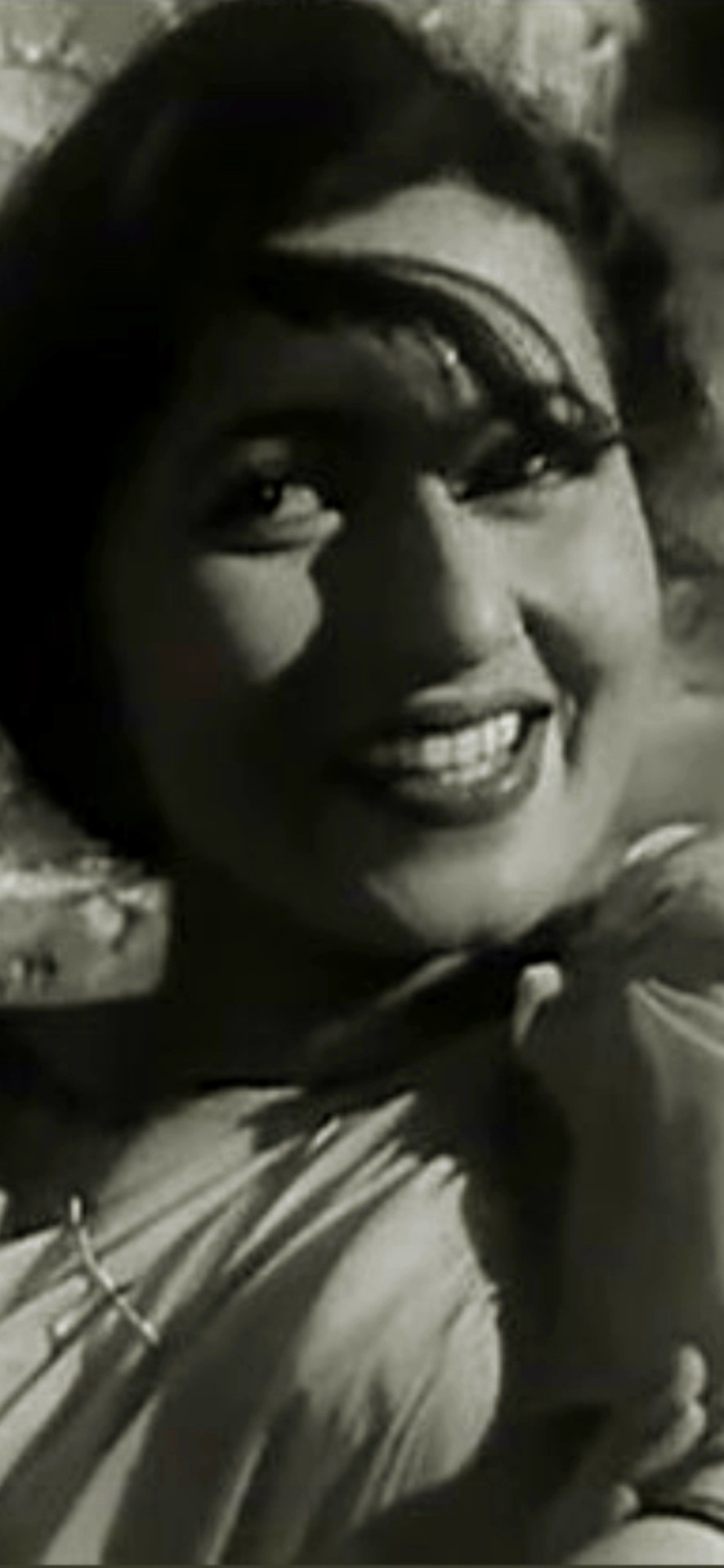#KALA PANI
Explore tagged Tumblr posts
Text
After just using the well-known Caribbean phrase "massa day done" as a tag in reference to the sun finally setting on the British Empire, I thought I'd revisit Dr. Eric Williams' famous 1961 speech decrying the appointment of a rich white man to political office as a "feather in the cap" of the party, the speech where the term was solidified in our culture as shorthand for self-determination and independence. And I couldn't stop laughing because it was exactly the way that a certain class of educated West Indian STILL talks to this very day when irritated:
This pack of benighted idiots, this band of obscurantist politicians, this unholy alliance of egregious individualists, who have nothing constructive to say, who babble week after week the same criticisms that we have lived through for five long years, who, nincompoops that they are, think that they can pick up any old book the day before a debate in the Legislative Council and can pull a fast one in the Council by leaving out the sentence or the paragraph or the pages which contradict their ignorant declamations for people like these power is all that matters.
I love this aspect of Caribbean language-ways and how we adhere to that particular era of English that came over on the boats. It's like how the specific form of Bhojpuri spoken by East Indian indentured labourers didn't develop in an Indian context but alongside/blended with other language groups in Trinidad & Tobago, and why our words for things don't scan with Hindi-speakers from the sourceland.
When I moved back to Canada from Trinidad and spoke with other Indian people, sourceland Indians, they never knew "what I was" or what I was saying when I used Trini Hindi. It was a source of embarrassment then, constantly having to explain that we from the diaspora are still Indian and also distinctly individual, but now I love it. My sister nearly physically fought some dude in a kebab shop in England over her identifying as Trini-Canadian rather than South Asian because he said she "wasn't proud of who she was".
We have to tick "South Asian" on forms because there's no space for us and any reference to Caribbean is Afro-Caribbean, but that's not really what I identify as. I'm the granddaughter of those sugar cane plantation workers who were told (in 1926!) "the less education your children have, the better". I'm the daughter of a man who grew up in the plantation barracks where the sugar employers thought it "unnecessary to provide adequate sanitary facilities for their employees, because the workers would not use them".
Massa day done. It's a powerful phrase when you're constantly decolonizing your own identity in the face of a world that isn't aware of what you are.
Massa Day Done, Sahib Day Done, Yes Suh Boss Day Done. - dr. eric williams
#chromatic voice#trinidad and tobago#eric williams#post colonialism#west indian#caribbean#indo-trinidadian#indo-caribbean#blood sugar trade#indentured servitude#kala pani#massa day done#school of ruckus#says miss maggie
58 notes
·
View notes
Photo
Madhubala in Kala Pani (1958)

67 notes
·
View notes
Text
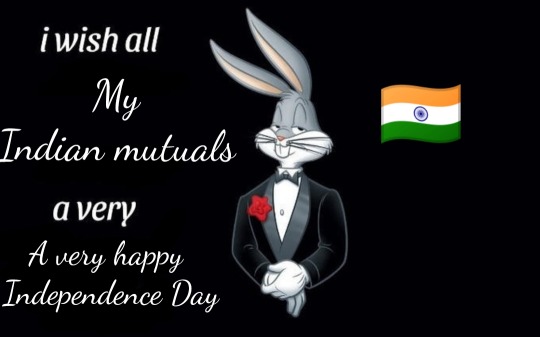
76 YEARS AND WE'RE STILL GOING!!!!!
#independence day#Like listen I have my problems w this country#But I can also acknowledge that we've gotten so far#So this independence day! I implore you to look into our history!#Find out abt kala pani and how horrific it was#Look beyond “we got independence because of gandhi and Nehru”#It wasn't a bloodless victory#It was almost two centuries of constant struggle#And that deserves far more acknowledgment than it's given#We've fought for so long and we'll continue to fight#India#Bharat mata ki jai<3#sara. exe#I love my country and want it to be better#And better starts w us
242 notes
·
View notes
Text

Homemade Pani Puri / Golgappa (Vegan)
#vegan#snacks#indian cuisine#street food#pani puri#golgappa#semolina#potato#boondi#cilantro#chili#coconut oil#sea salt#mint#ginger#tamarind#chaat masala#asafoetida#cumin#lime#kala namak#black salt
7 notes
·
View notes
Text
Give me a desi girlfriend to go on Pani puri dates with. I'll tie gajras in her hair, buy her big jhumkas and help her put on delicate payals.
Doing Kala Jadu for a desi sapphic girlfriend:

31 notes
·
View notes
Text
The Sign of Four: The Episode of the Barrel
Victorian literature loves its fainting women. Was this down to overly tight corsets, ill health or someone just deciding to be dramatic for the sake of it? Possibly all of the three.
The woman Mary works for is not called Cecil Forrester. The conventions of this time were that women took their husband's legal identity. They certainly took their nationality, losing their own.
Forty-three is rather a large number of dogs to have. The RSPCA (which was a thing in 1888) would get involved if they knew about this facility today. Back then too.
The "wiper" or viper in this case is almost certainly Vipera berus aka the adder. Males are normally silvery-grey, females copper or brown. However, you can sometimes see black adders. If you want to see baldrics, go watch some Morris dancers.
The adder gives birth to live young (up to twenty at a time) and can live for over ten years. They are the only venomous snake of the three British native species, but for most humans, like Watson, a bite will just cause pain and inflammation. Ireland doesn't have any snake species at all, as the Irish Sea was too wide for them to get across.
The RSPCA would not approve of dropping an adder on someone as it would harm the adder. The police would not approve either.
It is legal to own a pet snake in the UK - indeed there are quite a lot of them - but you need a licence for the venomous ones today. This includes adders and all the viper family.
European badgers are different to the American ones. They are far more social, dig the most complex burrows and can also make a range of noises. They are also nocturnal, and they do bite if provoked. It is today illegal to have a pet badger, disturb their setts or injure them. Unless the government authorises a cull due to bovine TB, a controversial policy. Sadly, they frequently end up as roadkill.
It is legal to keep stoats, although controversial. They can kill animals much larger than themselves, like rabbits or birds. It is legal to kill them as a result.
Slow worms are legless lizards, not snakes despite their appearance. They do not have fangs. You could keep one as a pet, but not buy or sell one.
Sugar is not toxic to dogs but can cause problems in substantial amounts.
The penal colony on the Andaman Islands can really be compared to Devil's Island in French Guiana and should better known in the UK. The British sent many political prisoners, to wit independence activists, there from the 1857 Rebellion onwards. Crossing over the sea threatened devout Hindus with the loss of caste and the possibility of reincarnation, something known as "Kala pani". Arrivals would be put on chain gangs. Conditions would be harsh, with torture, medical experimentation, disease, and cruelty from the guards causing thousands of deaths. You could also be executed for trying to escape. Hunger strikes were common and responded to with force-feeding.
The worst prison at this time was on Viper Island, which contained solitary cells, whipping stands and stocks.
In 1872, a former police officer called Sher Ali Afridi sent there for murder after his death sentence, claiming he was acting on the instructions of Allah, assassinated the Viceroy of India, the 6th Earl of Mayo, who was inspecting the place. He had also wanted to kill the Superintendent but did not manage to do so. He was hanged a month later on Viper Island, where the gallows building still stands.
Viper Island lost its importance following the construction of the Cellular Jail at Port Blair, finished in 1906. That was also a very nasty prison, but it is beyond the scope of this post.
"Mohammedan" was a term used for Muslim in the West at the time, implying erroneously that Muslims worship their Prophet. They certainly hold him in great reverence, but they do not worship him.
Guess people started drinking early in Victorian times; licencing hours would not be introduced until the First World War.
The Oval is an international cricket ground in Kennington, the other famous ground in London along with Lord's. It traditionally hosts the final Test of the English cricket season and after getting gas lighting in 1889, it would get a Tube station nearby originally called Kennington Oval the following year, when the initial stretch of the City & South London Railway opened. Today, just being Oval and on the Northern line, it has cricket-related decorations on some of the tiling.
The land the Oval is on is owned by the Duchy of Cornwall, the large property portfolio belonging to the Duke of Cornwall, the title given to the eldest son of the British monarch; this currently being Prince William, who is also Prince of Wales, that title trumping it.
Coal-tar creosote has traditionally been used as a preservative to stop wood rotting when outdoors, something necessary in the wet British climate. It was also used in dentistry!
However, it was discovered to cause cancer. While still allowed for general use by the US Environmental Protection Agency, the EU banned its sale to and use by the regular public in 2003. The UK carried over this law after Brexit. Coal-tar creosote products can only be sold to certified professionals for specific uses, like farm fencing and railway sleepers. The public have to buy substitutes like Ronseal, whose famous advertising slogan declares "it does exactly what it says on the tin".
15 notes
·
View notes
Text

“Many years ago,” began a story in a Singapore-based newspaper in 1899, “it used to be customary to transport convicts from India to this Colony.” That article profiled a courthouse scene of fisticuffs between two old men. According to the newspaper, these two ex-convicts opted “to settle their slight differences” with violence, resulting in the “junior” of the pair having “both his arms broken.” [...] Amused by the scene, the writer cast these men as relics from another time.
Convicts from South Asia were once a conspicuous presence in Southeast Asia, their handiwork visible everywhere, particularly in the built environment of Singapore.
In the twenty-first century, public acknowledgment of their achievements barely exists, elided by many in the Indian community who would rather not trace their origins to convict ancestors and erased by postcolonial governments that would rather not see their shining cities and states shaped by coerced labor. As for the roads, bridges, and buildings constructed by “servants” of the East India Company, as Indian convicts understood themselves, many have been leveled to make room for new monuments.
Convicts had a significant role in forging empires across the world. Penal transportation was a key strategy of British imperial rule, notably in the case of Australia, from the eighteenth century onward. However, the British also established penal settlements in Southeast Asia where they sent women and men from South Asia convicted of heinous crimes, including political offenses. [...]
Empire of Convicts: Indian Penal Labor in Colonial Southeast Asia tells the stories of convicts journeying across kala pani (black waters) and making their homes in Bengkulu, Penang, and Singapore, where they served extended sentences.
Despite finding themselves in novel and precarious situations, many prisoners exercised considerable agency and resisted colonial authorities, in some cases even becoming “their own warders.” Such are the tales of Fateh Khan of Banaras who emerged as the sahib and leader of the Indian convicts and soldiers in Bengkulu or Jallia who escaped from Penang and made his way back home to Gujarat or the many women and men who labored in Singapore for decades and never returned to India.
Political prisoners from South Asia lived alongside other convicts in the insular prisons of Southeast Asia. My book’s cover features the belongings of the Sikh rebel, Bhai Maharaj Singh, who fought the British in India and was held captive in Singapore in the early 1850s. These objects -- a conch shell, a finger ring, a knife, two steel quoits, a sewing needle and thread, and a religious text -- attest to persons and things dispersed across an Indian Ocean world. Empire of Convicts serves as a counterpart to well-known stories of law, crime, punishment, and prisons, and to an ongoing story of prisoners, particularly in the United States, being used for their labor and exploited by racist structures in liberal democracies.
---
All text above by: Anand A. Yang. “Forgotten Histories of Indian Convicts in Colonial Southeast Asia.” UC Press Blog (published by University of California Press). 22 January 2021. [Some paragraph breaks added by me. Image shows a portion of the cover of Yang’s book.]
105 notes
·
View notes
Text
The kala pani (lit. black water) represents the proscription of the over reaching seas in Hinduism.[1] According to this prohibition, crossing the seas to foreign lands causes the loss of one's social respectability, as well as the putrefaction of one’s cultural character and posterity.[2]
The offense of crossing the sea is also known as "Samudrolanghana" or "Sagarollanghana". The Dharma Sutra of Baudhayana (II.1.2.2) lists sea voyages as first of the offenses that cause the loss of varna.[3] The Dharma Sutra suggests a person can wipe away this offense in three years by eating little at every fourth meal time; bathing at dawn, noon and dusk; standing during the day; and seated during the night.[4]
The reasons behind the proscription include the inability to carry out the daily rituals of traditional Hindu life and the sin of contact with the characterless, uncivilized mleccha creatures of the foreign lands.[5] An associated notion was that crossing the ocean entailed the end of the reincarnation cycle, as the traveler was cut off from the regenerating waters of the Ganges. Such voyages also meant breaking family and social ties. According to another belief in the pre-modern India, the Kala Pani (sea water) was inhabited by the houglis, bad spirits and monsters.[6]
The Tirupati Temple does not allow a priest who has crossed the seas to enter the temple's sanctum sanctorum.[18]
In 2007, the ascension of Sugunendra Tirtha to the Udupi Krishna Temple was opposed by some seers, because he had visited foreign countries, thus committing the offence of saagarolanga (crossing the sea).[19] In 2008, a court verdict formally allowed his ascension.[20] In 2012, both he and his opponent Vishwesha Teertha announced fasts to pressure each other on the issue.[21]
Vishnunarayanan Namboothiri, a noted poet who served as a priest at the Sreevallabha Temple, was not allowed to enter the temple after he returned from an overseas trip to London. The temple authorities, led by the thantri (chief priest), asked him to undergo a thorough cleansing, penance and punaravrodha (reinstallation) before he would be allowed in again.[22] Namboothiri was asked to purify himself by reciting the Gayatri Mantra 1008 times, which he refused to do. The Rashtriya Swayamsevak Sangh supported him, calling the taboo an "outdated ritual".[23] The Travancore Devaswom Board also supported him, and fired two of its officials for refusing to support his reinstatement. After the board served the thantri a show-cause notice, Namboothiri was allowed back after purification by sprinkling of holy water (theertham).[24]
57 notes
·
View notes
Text
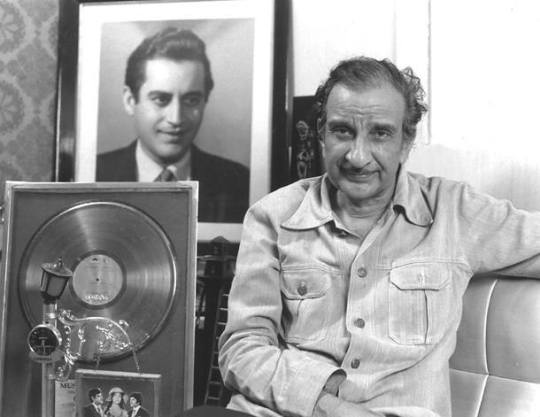
Remembering Raj Khosla on his 99th birth anniversary (31/05/1925).
Raj Khosla was one of the top directors in Hindi films from the 1950s to the 1980s. He was popularly known as a 'women's director' because he showcased actresses at their best capabilities. Khosla is that rare filmmaker in Hindi cinema who handled different genres of films with equal ease while adding his own individual stamp to each of his films. Along with Guru Dutt and Vijay Anand, he was responsible for elevating song picturizations in Hindi cinema during the 1950s and 60s.
Born on May 31, 1925, Khosla initially entered the film industry with hopes of becoming a playback singer. Struggling to make it as a singer, he joined Guru Dutt as an assistant director with Baazi (1951).
In 1954, Khosla got his first break with Milap, starring Dev Anand and Geeta Bali. The film failed to create a significant impact, but Khosla's second film, produced by his mentor Guru Dutt, C.I.D. (1956), propelled him into the big league. C.I.D. was a polished crime thriller that highlighted Khosla's stylish shot-taking and innovative song picturization, elements he inherited from Guru Dutt.
As he continued to make films, Raj Khosla altered his film styles at times and added his unique touch to each genre. Never wanting to play it safe, Khosla made films that were widely different. He explored a variety of styles, including crime thrillers like C.I.D. and Kala Pani, musicals like Ek Musafir Ek Hasina, suspense thrillers like Woh Kaun Thi?, Mera Saaya, Anita, melodramas like Do Badan and Do Raaste, and dacoit dramas like Mera Gaon Mera Desh.
Films like Prem Kahani (1975), featuring the then hottest pair of the day, Rajesh Khanna and Mumtaz, and another smash hit, Main Tulsi Tere Aangan Ki (1978), made Raj Khosla one of the most revered directors in Bollywood. He was a director who understood women and their sentiments very well. Khosla worked with eminent actors like Amitabh Bachchan, Zeenat Aman, and Shatrughan Sinha. He passed away in 1991. The last years of this director were not much attached to the film industry.
Raj Khosla was awarded the Filmfare Best Movie Award for 'Main Tulsi Tere Aangan Ki' in 1978.
4 notes
·
View notes
Text
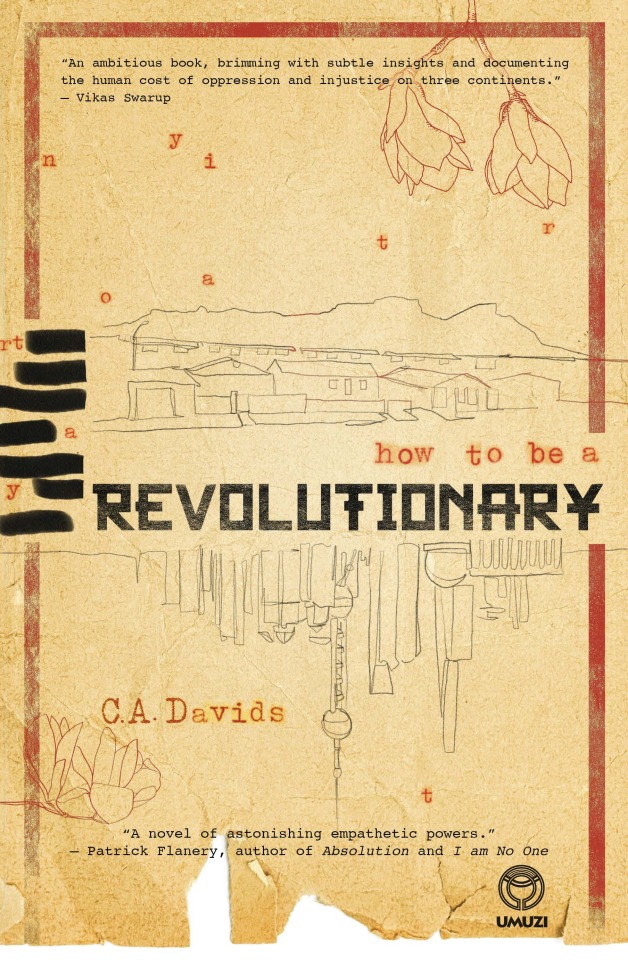
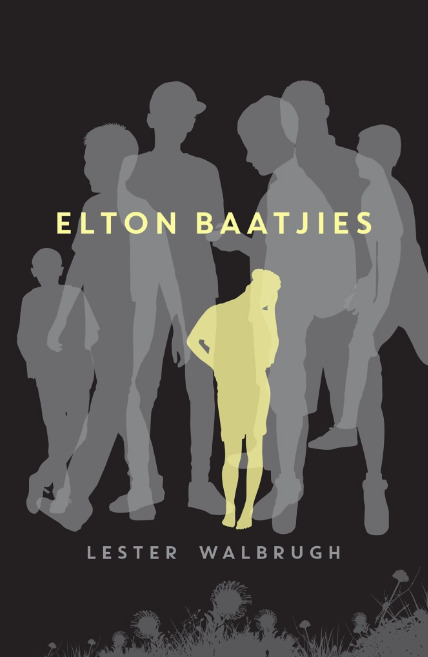
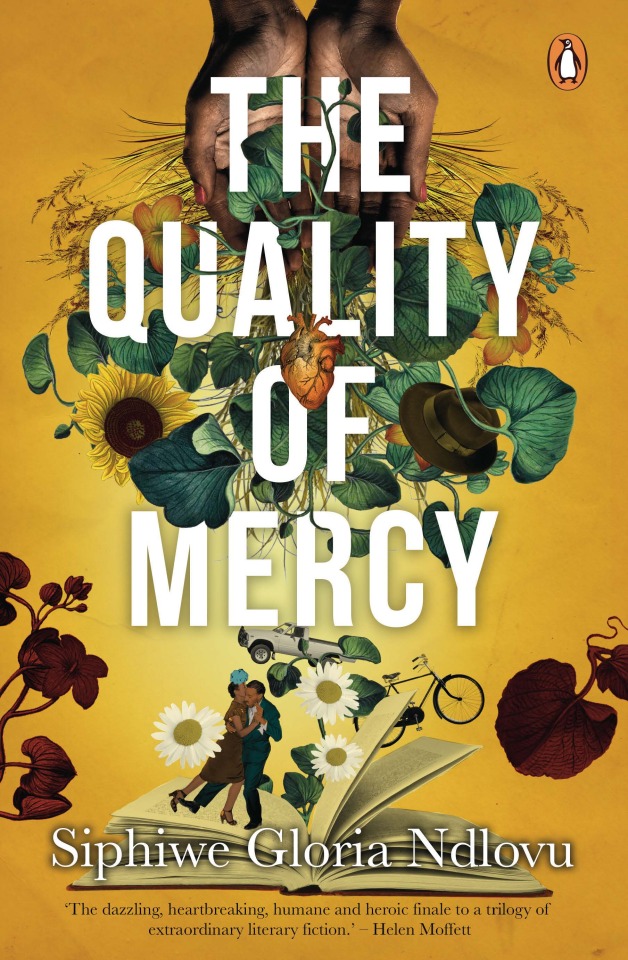
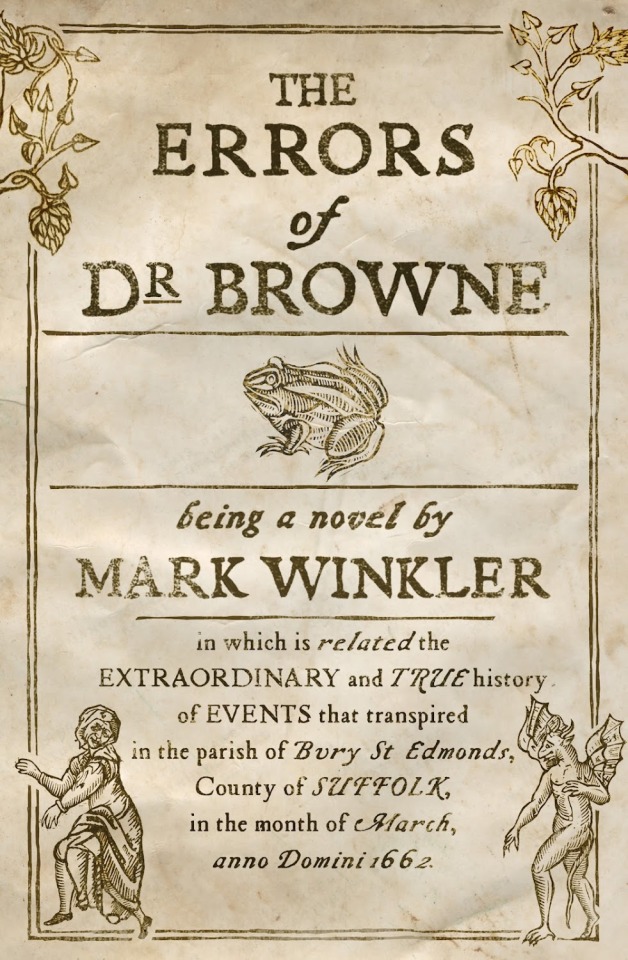

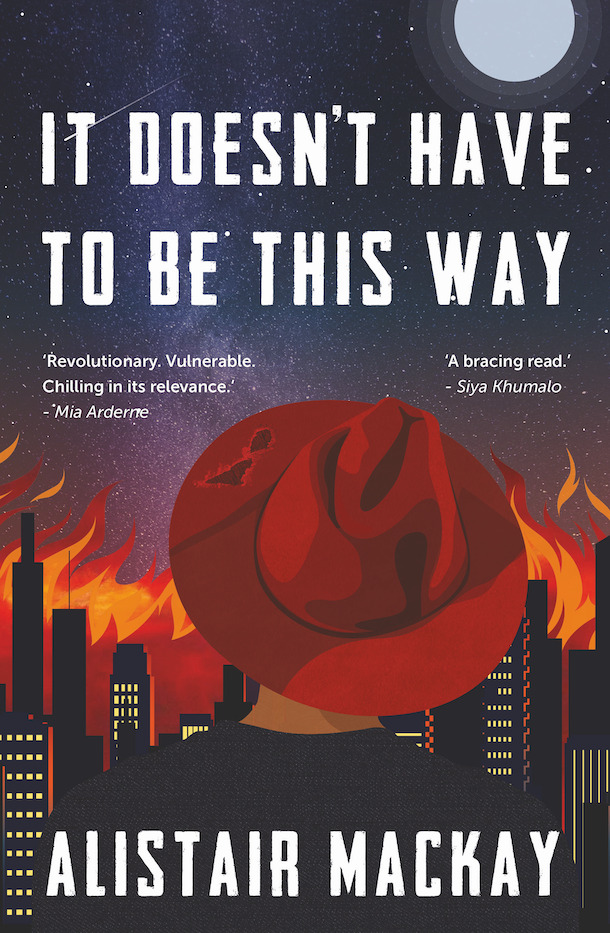

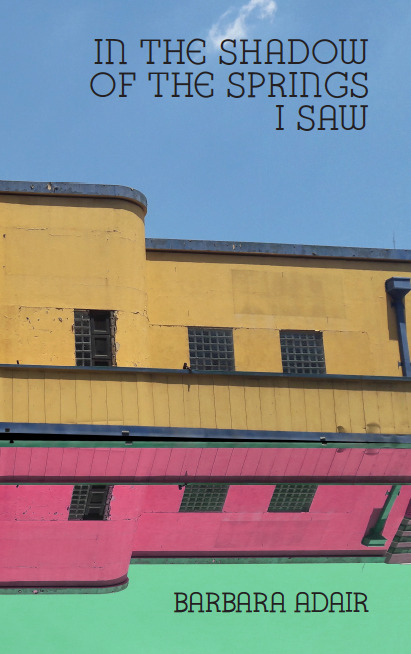
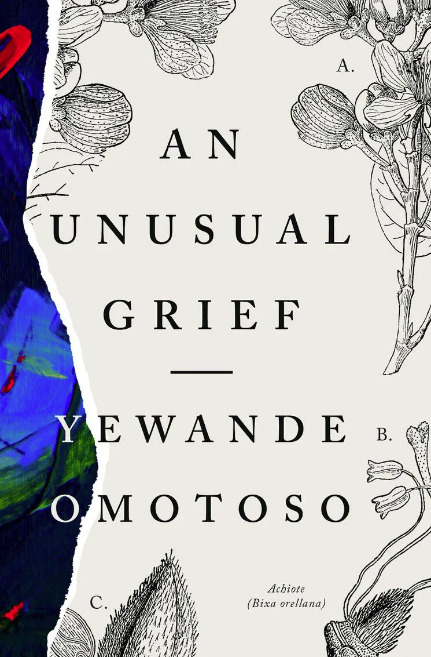
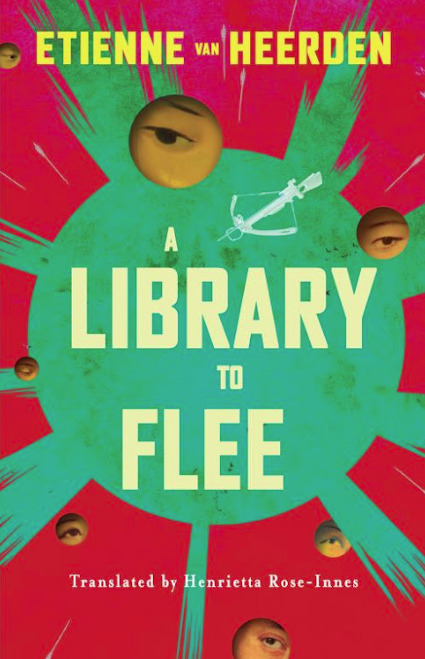
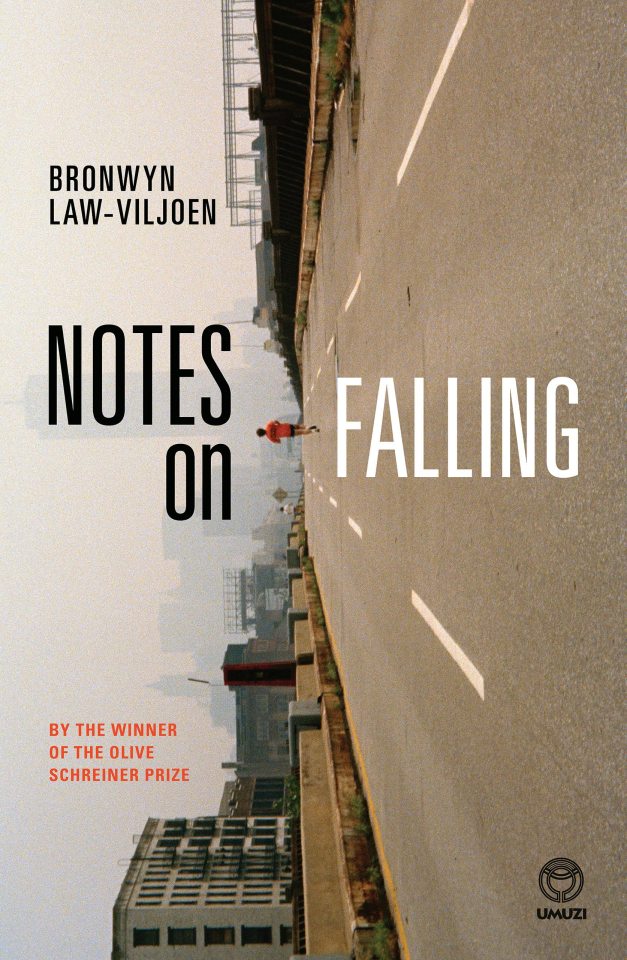


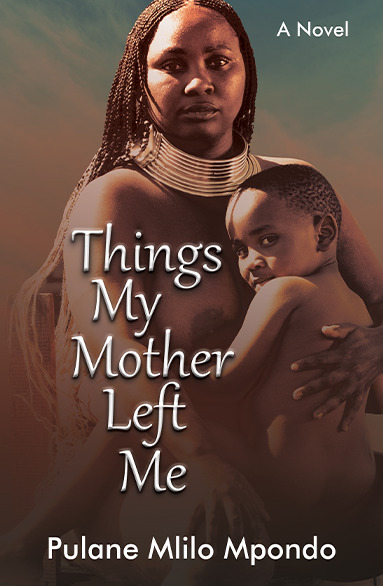

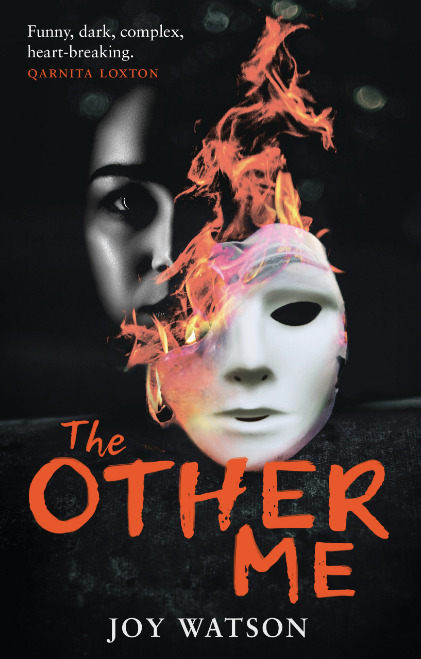
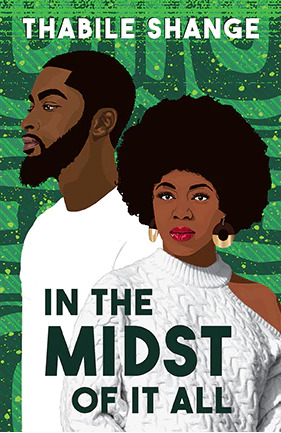
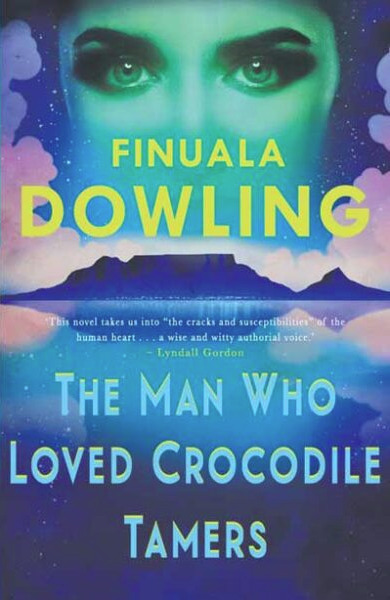


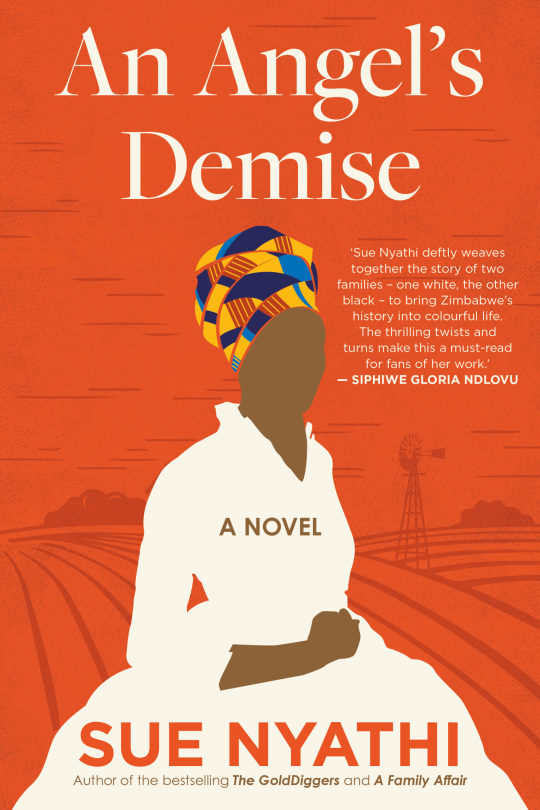
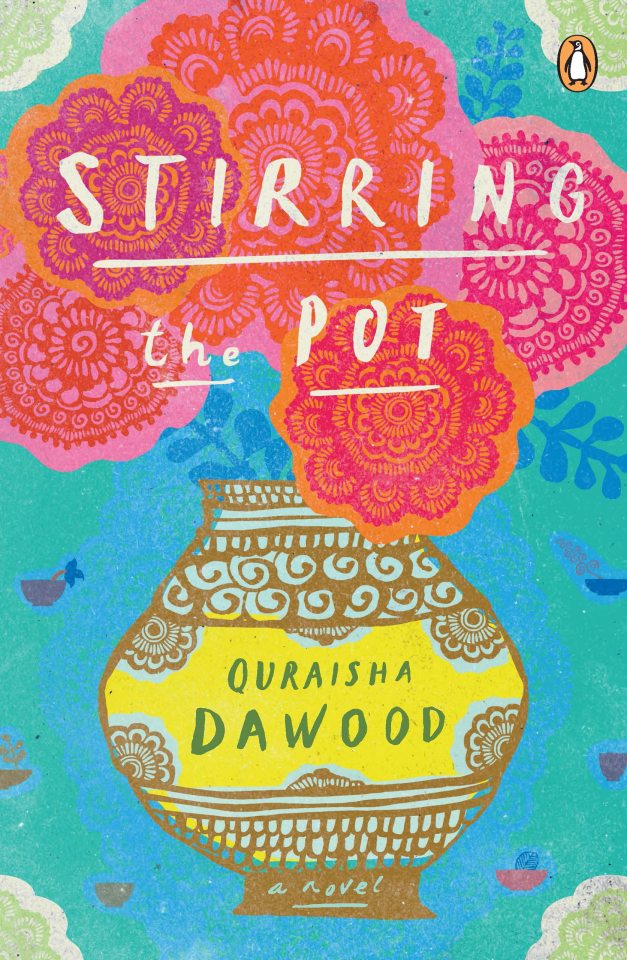
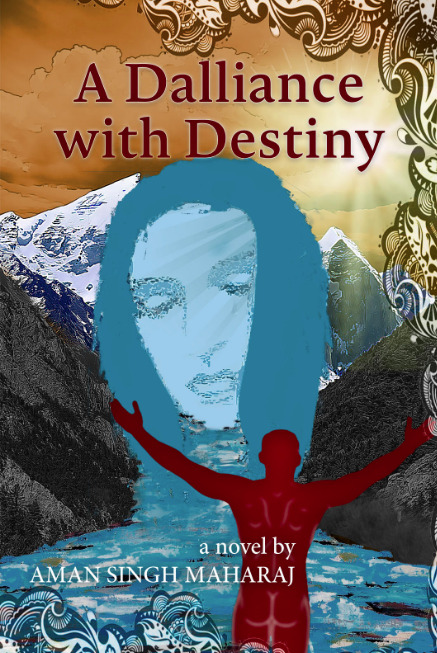
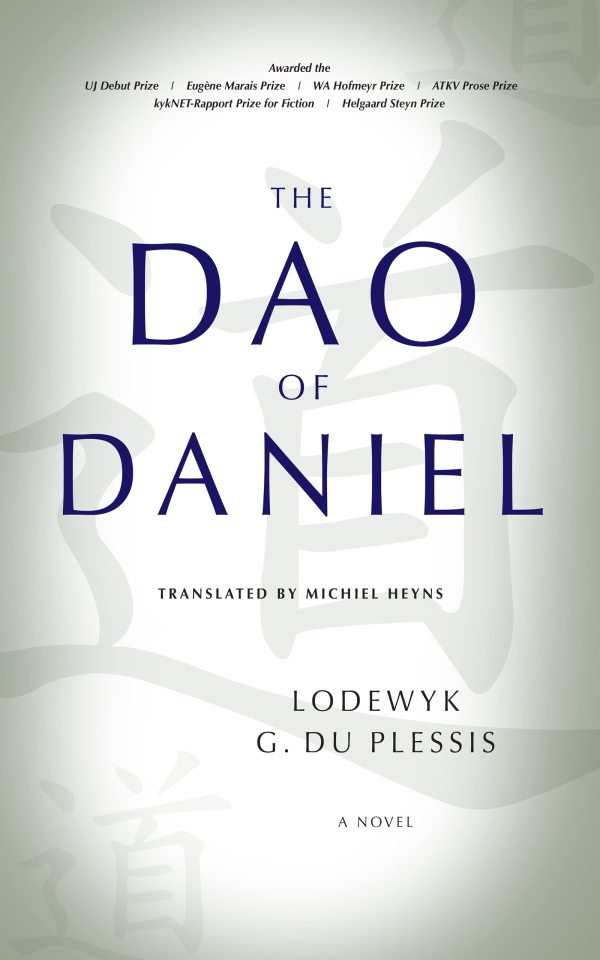
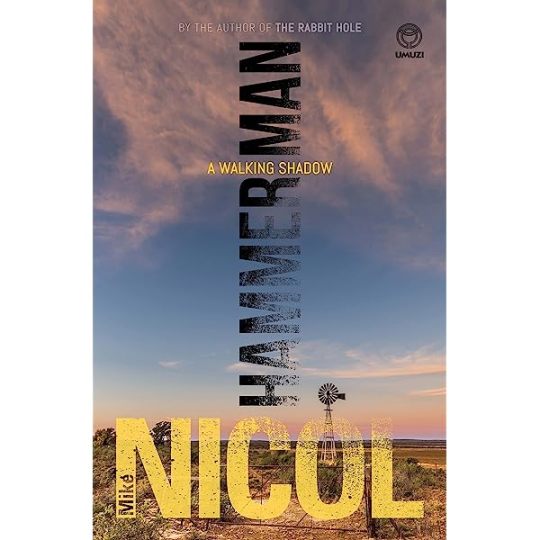
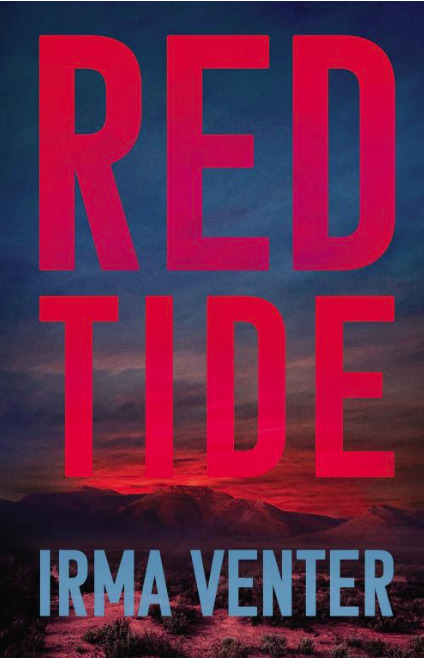
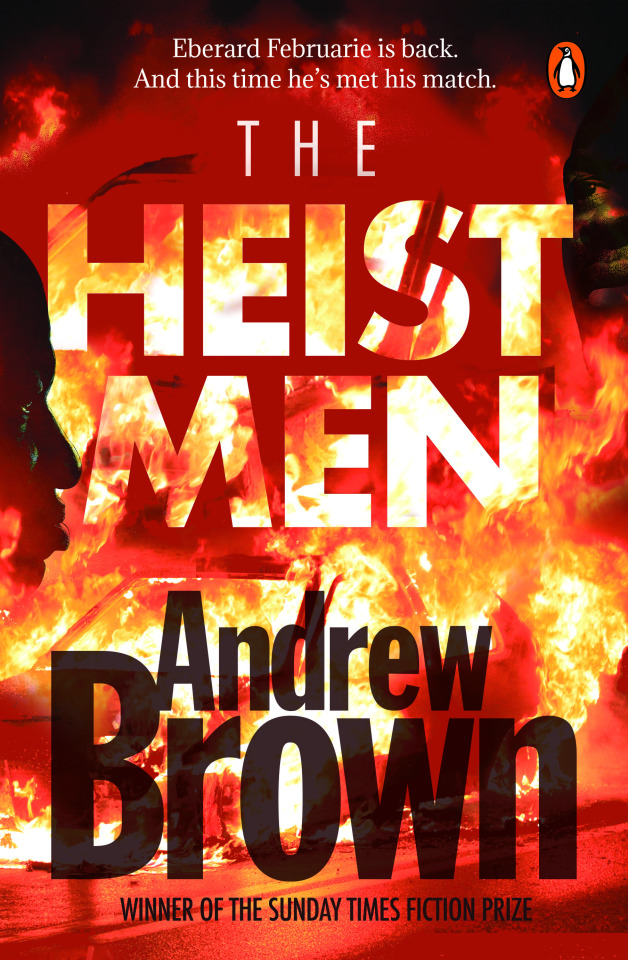
The Sunday Times Literary Awards Fiction longlist
Fiction Longlist - listed by order of author's surname
In The Shadow of the Springs I Saw by Barbara Adair (Modjaji Books) The Heist Men by Andrew Brown (Penguin Fiction) How to be a Revolutionary by CA Davids (Umuzi) Stirring the Pot by Quraisha Dawood (Penguin Fiction) The Man Who Loved Crocodile Tamers by Finuala Dowling (Kwela) The Dao of Daniel by Lodewyk G du Plessis and translated by Michiel Heyns (Tafelberg) Chasing Marian by Amy Heydenrych, Qarnita Loxton, Pamela Power and Gail Schmillel (Pan Macmillan) Peaches and Smeets by Ashti Juggath (Modjaji Books) Two Tons o’ Fun by Fred Khumalo (Umuzi) Notes on Falling by Bronwyn Law Viljoen (Umuzi) It Doesn’t Have to Be This Way by Alistair Mackay (Kwela) The Daughters of Nandi by Nokuthula Mazibuko Msimang (Paivapo) The Second Verse by Onke Mazibuko (Penguin Fiction) Things My Mother Left Me by Pulane Mlilo Mpondo (Blackbird Books) Across the Kala Pani by Shevlyn Mottai (Penguin Fiction) The Quality of Mercy by Siphiwe Gloria Ndlovu (Penguin Fiction) Hammerman: A Walking Shadow by Mike Nicol (Umuzi) An Angel’s Demise by Sue Nyathi (Pan Macmillan) An Unusual Grief by Yewanda Omotoso (Jonathan Ball Publishers/Cassava Republic Press) The Eye of the Beholder by Margie Orford (Jonathan Ball Publishers) In The Midst of it All by Thabile Shange (Kwela) A Dalliance with Destiny by Aman Singh Maharaj (Austin Macauley Fiction) A Library to Flee by Etienne van Heerden and translated by Henrietta Rose-Innes (Tafelberg) Red Tide by Irma Venter and translated by Karin Schimke (Tafelberg) Elton Baatjies by Lester Walbrugh (Karavan Press) The Other Me by Joy Watson (Karavan Press) The Errors of Dr Browne by Mark Winkler (Umuzi)
6 notes
·
View notes
Text
Indies (Lifetime) Playlist Tributes to Music Legends - Part 3
DEV ANAND’S TOP 270 SONGS ! :
Yt Link:
Hai apna dil - Solva saal
same (sad version)
Sau saal pehle - Jab pyar kisise hota hai
Jiya ho jiya kuch bol do - Jab pyar Kisise Hota hai
Kabhi na kabhi, kahin na kahin - Sharabi
Dil ka Bhanwar - Tere Ghar ke Saamne
Abhi na jaao chhodkar - Hum Dono
Khoya khoya chand - Kala Bazar
same (color version)
Ek But Banaoonga - Asli Naqli
Khwaab Ho Tum -Teen Deviyan
Hum Bekhudi Mein - Kala Pani
Rim Jhim Ke Taraane - Kala Bazaar
Aankhon hi aankhon mein - CID
O Leke Pehla Pehla Pyar - CID
Main zindagi ka saath - Hum dono
Tujhe jeevan ki dor se - Asli naqli
Hum hain rahi pyar ke - Nau do Gyarah
O Aaja Panchhi - Nau do Gyarah
Aankhon Mein kya ji - Nau Do Gyarah
Chal Ri Sajni - Bambai Ka babu
Koi Sone Ke Dilwala - Maya
Yaad Kiya Dil Ne - Patita
Tere ghar ke saamne - Tere ghar ke saamne
Kahin Bekhayal ho kar - Teen deviyan
Kabhi Khud Pe - Hum Dono
Tasveer teri dil mein - Maya
Mana Janab ne pukara nahi - Paying Guest
Chhod do aanchal - Paying Guest
Woh dekhe toh unki inayat - Funtoosh
Hai hai hai ye nigahen - Paying Guest
Jeevan ke safar mein rahi - Munimji
Aese Toh na Dekho - Teen Deviyan
Achha ji Main Hari - Kala Pani
O Shivji bihane chale - Munimji
Ye raat ye chandni phir kahan - Jaal
Dheere dheere chal - Love Marriage
Na Tum Hamein jano - Baat ek Raat Ki
Deewana Mastana - Bambai ka babu
O Nigahen Mastana - Paying Guest
Gaata rahe mera dil - Guide
Tere mere sapne - Guide
Dooriyan nazdeekiyan ban gayi- Duniya
Yeh dil na hota bechara - Jewel thief
Kal ke roop mein - Nau do gyarah
Dekho rootha na karo - Hum Dono
Gori Zara Hans de Toh - Asli Naqli
Sun le tu dil ki sada - Tere ghar ke saamne
Teri zulfon se judaai toh nahi - Jab Pyar Kisise Hota Hai
Dil Pukaare - Jewel thief
Aye dil Kahan teri Manzil - Maya
Chupke se mile pyaase pyaase - Manzil
Dekho ji mera haal - Solva saal
Yahi toh hai woh - Solva saal
Ye nai nai preet hai - Pocketmaar
Likha hai teri aankhon mein - Teen Deviyan
Are yaar meri tum bi ho gazab - Teen Deviyan
Tu kahan yeh bataa - Tere ghar ke saamne
Aye kaash chalte milke - Manzil
Phir se ek baar kaho - Maya
Phoolon ke rang se - Prem pujari
Sawan ke mahine mein ek aag si sene mein - Sharabi
Bahe na kabhi nain se neer - Vidya
Aa teri tasveer bana loon - Nadan
Pavan chale toh - Bambai ka babu
Bol na bol aye jaane wale - Armaan
Saathi na koi manzil - Bambai ka babu
Jao ji jao - Sharabi
Ladi aankh se aankh - Pocketmaar
Dil toh hai diwana na - Manzil
Yeh aankhen uff yumma- Jab Pyar Kisise hota Hai
Peechhe Peechhe Aa Kar - House No.44
Phir wahi chand wahi hum - Baarish
Hum dum Se gaye- Manzil
Teri duniya mein jeene se - House No. 44
Bataao kya karungi main - Ek ke baad ek
Dil ki umangen hain jawan - Munimji
Dukhi Man Mere - Funtoosh
Chup hai dharti - House No. 44
Nazar Milayi toh - Ek Ke baar ek
Thumak thumak haye - Ek ke baad ek
Tum toh dil ke taar chhedkar - Roop ki rani choron ke raja
Chheda mere dil ne tarana - Asli naqli
Oh dilwale ab teri gali aa pahunhe - Kala Pani
Jo Ijaazat Ho Toh Ek Baat Kahoon - Bas Ek Raat Ki
Hai sabse madhur woh geet - Patita
Zindagi hai kya sun meri jaan - Love Marriage
Ae meri topi palat ke aa - Funtoosh
Denewala jab bhi deta - Funtoosh
Dil hai aapka hujoor - Jaali Note
Chhidi ladayi bhari re- Ek ke baad ek
She ne khela he se - Love Marriage
Kal Ki Daulat Aaj Ki - Asli Naqli
Dane dane pe likha hai - Baarish
Jaayen toh jaaye kahan - Taxi Driver
Yaad Aa Gayi Woh Nasheeli Nigaahen - Manzil
Apni toh har aah ek toofan hai - Kala Bazaar
Wahan Kaun Hai tera - Guide
Doobte hue dil ko - Kahin Aur Chal
Mere jeevan mein ayi bahaar- Mohan
Ye Baharon ka Sama - Milap
Aji loot liya dil ko bahane karke - Dushman
Bin dekhe aur bin pehchaane - Jab pyar kisise hota hai
Kahan ja rahete kahan aa gaye hum - Love Marriage
Chand zard zard hai - Jaali note
Sach kehta hoon - Jaali Note
Hamein ab ye jeena gavara nahi - Khel
Aa Gup chup pyar karen - Sazaa
Sajaniya kit bhaage - Birha Ki raat
Aayee jhoomti bahaar - Insaniyat
Ye duniya hai yahan dil ka - Shair
O Sanam main tujhe pukaroon - Sanam
Mujhe le chalo - Sharabi
Raat suhani hai - Humsafar
Jaaneman jaaneman - Jaaneman
Tu roop ki rani - Roop ki rani choron ka raja
Woh chand nahi hai dil hai - Andhiyan
Aisa kya kasoor kiya - Nadaan
Aaja aaja tera intezaar hai - Sazaa
Teen kanashtar peet peet kar - Love Marriage
Krodh kapat ke andhiyaare - Armaan
Yeh kaun aya re - Ziddi
Main keh doon tumko chor- Sanam
Hum toh jaani pyar karega - Baarish
Dil Jawani Ke Nashe se - Birha Ki Raat
Nigahn Ne Pheka - Jaali Note
Dekh hamein awaaz na dena - Amar deep
Marne ki duayein - Ziddi
Duniya kya hai - Sarhad
Akela hoon main iss duniya mein - Baat ek Raat ki
Aao yaaron aao pyaaron - Ek Ke Baad ek
Hamein Aaj koi na chhediyo - Funtoosh
Do Bichhde hue dil - Shair
Humne khayi hai mohabbat mein - Dilruba
Chahe kitni kathin dagar ho - Jeet
Layi khushi ki duniya - Vidya
Kisiko yaad karta hai mera dil - Madhubala
Dil Todne wale yaad rahe - Namoona
Kaise koi jiye - Baadbaan
Bharam teri wafaon ke - Armaan
Teri dhoom har kahin - Kala bazaar
Ek Do Dilon Ka Kaafila - Do Sitaare
Naacho jhoom jhoom jhoom ke - Sarhad
Nayi jawani rut mastani - Madhubala
Chale jaa rahe hain - Kinare Kinare
Sawan ki ghataon - Aage Badho
Oghar ghar ko diye - Hum Bhi Insaan Hain
Hum tere Hain - Hum Bhi Insaan Hain
Naam hai Jhatpat aji - Dushman
Oonche sur mein gaye jaa - House No. 44
Din Dhal Jaaye - Guide
Shokhiyon mein ghola jaye - Prem Pujari
Jaisa des waisa bhes - Des Pardes
Phoolon ka taaron ka - Hare rama Hare krishna
Bahut door chale jana hai - Heera Panna
Saare jahan se achha - Yeh Gulistan Hamara
Taaqat Watan Ki humse - Prem Pujari
Zulm sahe na zulm kare na - Insaniyat
Kiska raste dekhe - Joshila
Kya se kya ho gaya tere pyar mein - Guide
Hai maine kasam li - Tere Mere Sapne
Jeevan ki bagiya mehkegi - Tere Mere Sapne
Falsafa pyar ka - Duniya
Pal bhar ke liye - Johnny Mera Naam
Wada toh nibhaya - Johnny Mera Naam
Yeh Duniyawale Poochhenge - Mahal
Dekho O deewano - Hare Rama Hare Krishna
Dum Maaro dum - Hare Rama Hare Krishna
Choodi nahi ye mera dil hai - Gambler
Main apni dhun mein - Manpasand
Aise na mujhe tum dekho - Darling darling
Kanchi re kanchi re - Hare rama Hare krishna
Panna ki tamanna hai - Heera Panna
Dil aaj shayar hai - Gambler
Sun jeenewale - Swami dada
Ek roop kai naam - Swami dada
Aasmaan ke neeche - Jewel thief
Main Aya hoon - Amir Garib
Dekho dekho madam - Pyar Mohabbat
Hue aap naaraaz - Pyar Mohabbat
Rahi tha main awara - Sahib bahadur
Des Pardes-Des Pardes
Aaj ka din koi bhoole na -Lootmaar
Ishq Ihq ishq -Ishq ishq ishq
Mera mann tera pyasa -Gambler
Neend chura ke raaton mein -Shareef Budmash
Ek main hoon ek tu -Darling darling
Mere peechhe ek ladki - Banarasi babu
Mujhe Pyaar kar -Prem Shastra
Aankhon aankhon mein-Mahal (Contd)
5 notes
·
View notes
Text
INDIES TOP 1036 BOLLYWOOD MUSIC ALBUMS OF ALL TIME!
1. .Pakeezah (1970)
2. .Kaagaz Ke Phool (1959)
3. .Aradhana (1969)
4. .Kati Patang (1970)
5. .Safar (1970)
6. .Amar Prem (1970)
7. .Prem Kahani (1975)
8. .Do Raaste (196 )
9. .Anand (1971)
10. .Prem Nagar (1974)
11. .Basant Bahar (196 )
12. .Babul (1950)
13. . Barsaat (1949)…
14. .Bambai Ka Babu (196 )…
15. .Pyaasa (1957)
16. .Uran Khatola (1955)
17. .Asli Naqli (196 )
18. .Shahjehan (1946)
19. .Nau Do Gyarah (1957)…
20. .Disco Dancer (1982)
21. .Ek duuje ke Liye (198 )
22. .Parakh (1960)
23. .Daag: A Poem of Love (1973)
24. .Bhabhi (1957)
25. .Teesri Manzil (1966)
26. .Sachcha Jhutha (1969)
27. .Guide (1965)
28. .CID (1956)….
29. .Love Story (1981)...
30. .Anurodh (197 )
31. .Aap Ki Kasam (1974)
32. .Baharon ke sapne (1967)
33. .Souten (1983)
34. .Mehboob ki Mehndi (1971)
35. .Saraswatichandra (196 )
36. .Jis desh mein Ganga behti hai (195 )
37. .Madhumati (1958)
38. .Tansen (1943)
39. .Do Aankhen Barah Hath (195 )
40. .Shirdi ke Sai Baba
41. .Dil Diya Dard Liya (196 )
42. .Satyam Shivam Sundaram (1978)
43. .Mughal-e-Azam (196 )
44. .Anari (195 )
45. .Namak Haraam (1973)
46. .Dil Ek Mandir (1963)
47. .Seema (195 )
48. .The Train (1970)
49. .Haathi Mere Saathi (1971)
50. .Joru Ka Ghulam (197 )
51. .Bandini (1963)
52. .Bawarchi (1971)
53. .Dil Apna Aur Preet Parai (196 )
54. .Saagar (1985)
55. .Ek Dil Sau Afsane (1963)
56. .Apna Desh (1972)
57. .Mela (1948)
58. .Pyar Mohabbat (1966)
59. .Solva Saal (1958)
60. .Dr. Vidya (1962)
61. .Chalti Ka Naam Gaadi (1958)
62. .Dil Hi To Hai (1963)
63. .Dushmun (1971)
64. .Tyaag (1977)
65. .Mere Jeevan Saathi (1972)
66. .Ganga Jumna (1961)
67. .Kala Pani (1958)
68. .Hum Dono (1961)
69. .Naya Daur (1957)
70. .Sanjog (1960)
71. .Chaudhvin ka chand (1960)
72. .Anuraag (1972)
73. .Teen Devian (1965)
74. .Teesri Kasam (196 )
75. .Taj Mahal (196 )
76. .Son of India (196 )
77. .Kismet (1943)
78. .Junglee (1961)
79. .Kathputli (1957)
80. .Tere Ghar Ke Saamne (1963)
81. .Anupama (196 )
82. .Aakraman (1975)
83. .Bundalbaaz (1976)
84. .Aavishkar (1974)
85. .Jab Pyar Kisise Hota hai (1961)
86. .Mahal (1949)
87. .Kabhi Kabhie (1977)
88. .Bhai Bhai (195 )
89. .Rani Rupmati (195 )
90. .Jai Santoshi Maa (197 )
91.�� .Aan Milo Sajna (197 )
92. .Waqt (196 )
93. .Mera Saaya (1966)
94. .Love Marriage (1959)
95. .Samadhi (1972)
96. .Chandni (198 )
97. .Aag (1948)
98. .Musafir (1957)
99. .Tarana (1950)
100. . Silsila (198 )
101. .Aandhi (197 )
102. .Albela (1951)
103. .Prince (1969)
104. .Pagla Kahin Ka (1970)
105. .An Evening In Paris (1967)
106. .Chhote Sarkar (1974)
107. .Preetam (1971)
108. .Dillagi (1949)
109. .Hatyara (1977)
110. .Ajnabee (1974)
111. .Anokhi Raat (1968 )
112. .Mehbooba (1976)
113. .Dil Daulat Duniya (1972)
114. .Duniya (1968)
115. .Paraya Dhan (197 )
116. .Naukri (1978)
117. .Lamhe
118. .Saajan (1969)
119. .Mera Naam Joker (1970)
120. .Kashmir Ki Kali (1964)
121. .Lal Kunwar (1952)
122. .Pyar Kiye Jaa (196 )
123. .Kinare Kinare (1963)
124. .Aashiq (1962)
125. .Mukti (1977)
126. .Boot Polish (1954)
127. .Shree 420 (1955)
128. .Phagun (1958)
129. .Dil deke dekho (195 )
130. .Parichay (197 )
131. .Khamoshi (1969)
132. .Nagin (1954)
133. .Aa Gale Lag Jaa (1973)
134. .Himalay Ki God Mein (1965)
135. .Jaagte raho (195 )
136. .Prem Pujari (197 )
137. .Bombay (1995)
138. .Mere Sanam (196 )
139. .Sargam (197 )
140. .Daag (1952)
141. .Professor (196 )
142. .Gambler (1971)
143. .Tumse Achha Kaun Hai (1969)
144. .Tinku (1977)
145. .Yahudi (1958)
146. .Nikaah (198 )
147. .Lal Patthar (196 )
148. .Dhanwan (1981)
149. .Prem Bandhan (1979)
150. .Ziddi (1948)
151. .Mera Desh Mera Dharam (1973)
152. .Manoranjan (1974)
153. .Talash (1969)
154. .1942 A Love Story
155. .Raja Rani (1973)
156. .Bluff Master (1963)
157. .Ishk Ishk Ishk (1974)
158. .Munimji (1955)
159. .Andaz (1949)
160. .Bhola Bhala (1978)
161. .Maryada (197 )
162. .Brahmachari (1968)
163. .Loafer (1973 )
164. .Andaz (1971)
165. .Amar Deep (1979)
166. .Avtaar (1983)
167. .Maha Chor (1976)
168. .Rajput (1981)
169. .Jewel Thief (1967)
170. .Roti (1974)
171. .Sazaa (1951)
172. .Hare Rama Hare Krishna (1971)
173. .Khel Khel Mein (1975 )
174. .Banarasi Babu (1973)
175. .Waris (1969 )
6 notes
·
View notes
Text
Where to Discover the Rich Cultural Heritage of the Andaman Islands
The Andaman Islands, located in the Bay of Bengal, are not only known for their stunning beaches and diverse ecosystems but also for their vibrant cultural heritage. These islands have been home to indigenous tribes and have a fascinating history of colonization and migration. In this article, we will take a journey through the Andaman Islands to explore the rich cultural heritage that is woven into the fabric of these enchanting islands.
Indigenous Tribes: Guardians of Tradition: The Andaman Islands are home to several indigenous tribes, each with its distinct culture and way of life. Encounter the Jarawa, Sentinelese, Onge, and Great Andamanese tribes, who have inhabited these islands for thousands of years.
Anthropological Museums: To gain a deeper understanding of the indigenous tribes and the history of the Andaman Islands, visit the various anthropological museums scattered across the islands.
Cellular Jail: A Testament to Resilience: The Cellular Jail, located in Port Blair, stands as a solemn reminder of the islands' colonial past. Visit this historical site, often referred to as "Kala Pani," and learn about the brutal conditions endured by Indian freedom fighters who were imprisoned here during British rule.
Cultural Performances and Festivals: Experience the vibrant cultural heritage of the Andaman Islands through traditional dance and music performances. Witness the rhythmic movements of the Nicobari dance, the tribal performances by the indigenous communities, and the melodic tunes of folk music.
Local Cuisine and Handicrafts: Indulge in the flavors of the Andaman Islands by exploring the local cuisine. Sample seafood delicacies, such as crab curry and grilled fish, and savor the unique blend of Indian and Southeast Asian influences in the island's culinary offerings.
Conclusion: The Andaman Islands offer a captivating journey through their rich cultural heritage. From the indigenous tribes with their ancient traditions to the remnants of colonial history at the Cellular Jail, the islands are a treasure trove of cultural experiences. By immersing ourselves in the local customs, visiting anthropological museums, witnessing cultural performances, and savoring the local cuisine, we can gain a deeper appreciation for the diverse tapestry of cultures that have shaped the Andaman Islands. Discovering the cultural heritage of the Andaman Islands is not just a journey through time; it is an opportunity to celebrate the resilience and vibrancy of the island's inhabitants.
If you want to have a memorable Andaman holiday, exotic Andaman packages are the way to go.
Quick Info:
Route: Port Blair - Havelock Island - Baratang Island - Ross Island and North Bay - Port Blair
Duration: 7 Days / 6 Nights
Start Point/End Point: Port Blair
Check out their website to learn more. exoticandaman.in
Email: [email protected]

4 notes
·
View notes
Text
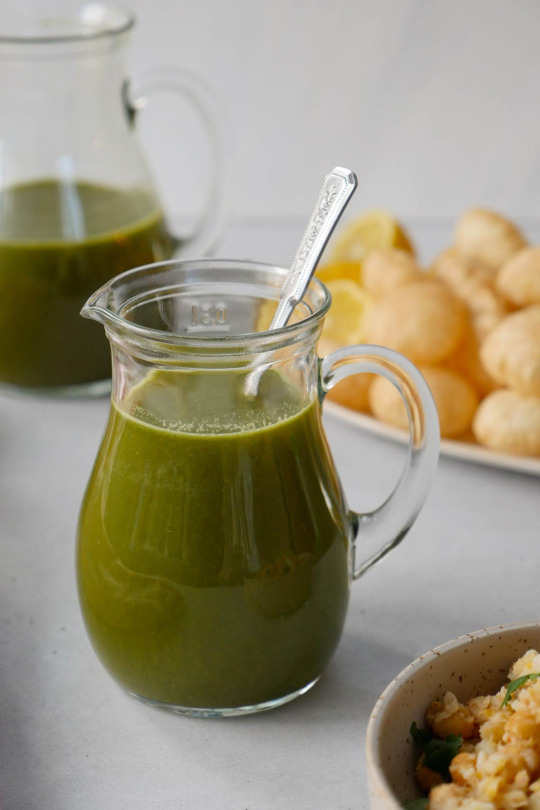
The Best Pani Puri Water (Vegan)
#vegan#appetizer#sauces#indian cuisine#pani puri water#cilantro#mint#chili#ginger#lemon#amchoor#tamarind#cumin#coriander#fennel seeds#black salt#kala namak#black pepper#cane sugar
13 notes
·
View notes
Text
What are the best tour packages for Andaman and Nicobar Islands from Delhi?
Are you dreaming of pristine beaches, crystal-clear waters, and lush greenery? The Andaman and Nicobar Islands offer the perfect escape for travelers seeking a blend of tranquility and adventure. With exclusive tour packages for Andaman, you can experience the magic of this tropical paradise right from Delhi. Whether you’re a solo traveler, a couple on a romantic getaway, or a family seeking relaxation, Andaman has something for everyone.
Why Choose Andaman and Nicobar Islands?
The Andaman and Nicobar Islands are made up of 572 islands and famous for exotic beaches, marine life, and historical sites. From serene beaches like the ones at Radhanagar Beach to the Cellular Jail, each site promises to create an experience forever in your memories. Because they are not on the world map, a favorite destination of travel enthusiasts in pursuit of escaping all the bustling lives of a busy city.
Best Time to Visit
The best time to explore the Andaman and Nicobar Islands is between October and May. During this period, the weather is pleasant, and the seas are calm, making it ideal for sightseeing, water sports, and beach activities. Avoid visiting during the monsoon season (June to September) as heavy rains can disrupt travel plans.
How to Reach Andaman from Delhi
To reach the Andaman Islands from Delhi, the most convenient option is by air. Direct flights from Indira Gandhi International Airport in Delhi to Veer Savarkar International Airport in Port Blair take approximately 4-5 hours. Once you land, your Andaman tour packages will take care of all local transportation, accommodations, and sightseeing.
Popular Tour Packages for Andaman and Nicobar Islands from Delhi
Here are some of the most popular and well-curated tour packages:
1. Family Adventure Package
Duration: 5 Nights/6 Days
Highlights: Snorkeling at Elephant Beach, Light and Sound Show at Cellular Jail, and a visit to Radhanagar Beach.
Inclusions: Flights from Delhi, 4-star accommodation, daily breakfast, guided tours, and adventure activities.
2. Romantic Honeymoon Package
Duration: 4 Nights/5 Days
Highlights: Candlelight dinner by the beach, private ferry rides, and visits to Neil and Havelock Islands.
Inclusions: Flights, luxury stays, romantic setups, and guided excursions.
3. Adventure Enthusiast Package
Duration: 6 Nights/7 Days
Highlights: Scuba diving, trekking through tropical forests, and kayaking through mangroves.
Inclusions: Flights, adventure gear, certified guides, and accommodations.
Top Attractions Covered in Andaman Tour Packages
Cellular Jail (Kala Pani)
A historic site symbolizing India’s struggle for freedom. Witness the iconic Light and Sound Show that narrates its poignant history.
Radhanagar Beach
Voted one of Asia’s best beaches, this tranquil spot is perfect for sunbathing, swimming, and capturing stunning sunsets.
Havelock Island (Swaraj Dweep)
Known for its vibrant coral reefs and adventure activities like scuba diving and snorkeling.
Neil Island (Shaheed Dweep)
A serene island offering beautiful beaches like Bharatpur and Laxmanpur, ideal for relaxation.
Baratang Island
Famous for its limestone caves and dense mangrove creeks, this is a must-visit for nature enthusiasts.
Ross Island
Once the administrative headquarters during British rule, it now features ruins surrounded by lush greenery and wildlife.
Activities to Try in Andaman
Scuba Diving: Explore the vibrant marine life and coral reefs.
Snorkeling: Ideal for beginners to enjoy underwater beauty.
Sea Walk: A unique way to walk on the seabed while observing marine creatures.
Kayaking: Paddle through the serene mangrove forests.
Why Opt for Tour Packages?
The tour packages for Andaman ensure that your experience is free of hassle. They cover all the aspects, including flights and accommodations, guided tours, and activities. So, you can just sit back and enjoy the scenic beauty without bothering about the logistics.
Tips for a Memorable Trip
Pack Smart: Carry lightweight clothing, sunscreen, sunglasses, and comfortable footwear.
Book Early: Secure your tour package well in advance, especially during peak travel seasons.
Follow Guidelines: Respect local customs and follow ecological guidelines to preserve the islands' natural beauty.
Conclusion
A journey from Delhi to Andaman and Nicobar Islands is a lifetime adventure. With perfectly planned Andaman tour packages, you can see the unspoiled beauty of these islands, enjoy thrilling activities, and cherish memories for eternity. So why wait? Book your tour packages for Andaman and Nicobar Islands from Delhi today and let the magic of the tropics captivate you.
0 notes
